The Greatest Myth of Leadership—Followers
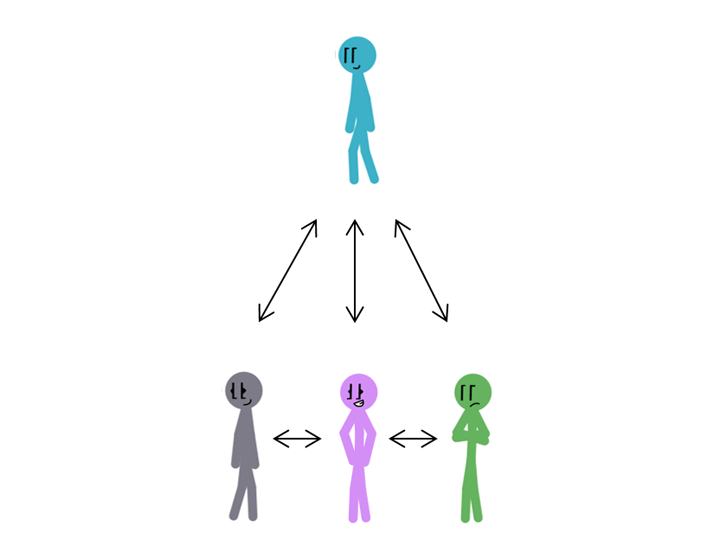
There are no passive roles in successful group dynamics. Everyone needs to lead.- Leadership Lanes by Toni Armstrong (A Multi-Part Series Presented by Swimming World)
“A leader without followers
is simply a man taking a walk.”
–John Boehner
The leader-follower dynamic is symbiotic in nature where one cannot exist without the other. It is as common a pairing as peanut butter and jelly, Romeo and Juliet, Thelma and Louise, Red Wine and Chocolate, and Bert and Ernie. The core of this concept is true—you cannot lead without a group—but pairing a leader with a follower is highly problematic in positive leadership practices. This is because a follower is as mythical a creature as a Greek Siren, and equally as dangerous for your program.
Have you ever asked a room full of people to raise their hands if they want to be a follower? It doesn’t matter if this is a classroom of high schoolers, a room of coaches at a coaching conference, or professionals in a board room meeting. The answer will be the same: stillness. After a few awkward moments, people will slowly and uncomfortable begin raising their hands, as if volunteering tribute to the cause. You see, everyone recognizes the value of followers, but no one wants to take the role. Why is this?
Well, to start, our culture places a huge emphasis on becoming a leader and not a follower. It is the core of most job applications, the main focus of college admissions departments and college curricula, and continues to trickle down from there. In this leader-follower dynamic, a follower is a negative term, a void; someone without a backbone who adopts the beliefs and opinions of others. A follower is a someone who can be manipulated because they have no thoughts, ideas, or opinions of their own. A follower is someone who contributes very little to society, a worker bee, an uninspired and unmotivated individual.
Luckily for us, this passive follower is a mythical creature. No one raises their hand or wants to be this person, because no one is this person in real life. Leading with the assumption that this passive follower exists will steer your ship into the rocks. People want to be involved, to feel valued, and to contribute. People want to be leaders, and a successful dynamic is much more complex than the binary implies.
Modern leadership dynamics have tried to redefine how we view followership. One theory has even defined the hierarchical reasons why people follow to further the ethics and functionality of followership:
- Fear of Retribution – The follower is being forced and coerced based on fear. They are likely to flee or freeze.
- Blind Hope – The follower follows because of lack of options. They will likely be disappointed in outcome and easily follow someone else who gives them more hope.
- Faith in Leader – The follower follows because they connect with the leader. There is a willing commitment to the leader, but the follower become susceptible to bad ideas.
- Intellectual Agreement – The follower follows because they intellectually agree with each individual idea. However, they will fall short of the overall mission because they pick and choose when they follow and are a victim to their short sightedness.
- Buying the Vision – The follower follows because they believe in the overall mission. They are willing to follow even when intellectual agreement isn’t met 100% of the time.
A simple google search reveals some motivating followership quotes as well:
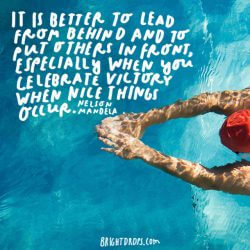


But changing the way we view followership isn’t enough. We need to change the pairing and we need to change the flow:
LEADER/FOLLOWER
This group has one identity: the identity of the leader. In this dynamic, the leader disseminates instructions and directions to the follower. The follower is an empty void that waits to be filled and follows blindly or out of fear.
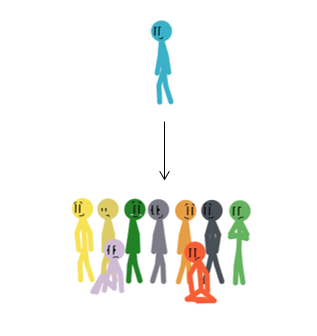
LEADER-OF-GROUP/LEADER-OF-SELF
This dynamic has two identities: the identity of the group and the identity of each individual that makes up the group. The leader-of-group is in charge of directing the identity of the group, and the leader-of-self is in charge of leading themselves to support the leader. They are the first follower. If the leader-of-self finds themselves failing to buy into the vision of the group, they advocate for their needs. The transactions flow both ways.
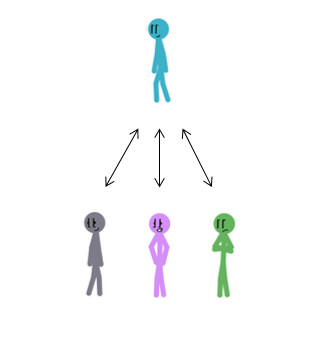
360 LEADERSHIP
This dynamic also has two identities: the identity of the group and the identity of the individuals. It is very similar to the leader-of-group / leader-of-self dynamic except the transactions resemble a web instead of a two-way street. The leader-of-group is in charge of directing the group, and the leaders-of-self advocate for their needs to support the leader as well as support the other leaders-of-self to buy into the vision. Everyone in this group has an active leadership role.
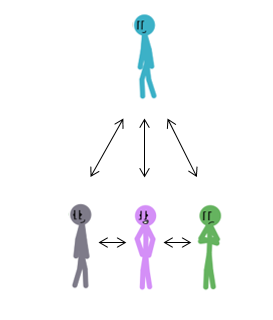
Developing a 360-leadership culture within your program—where every member has an active role towards success—will produce happier and healthier athletes, and a more successful team. Teach your athletes to not only lead the group but to lead themselves, to advocate for themselves, to never settle for anything less than “buying the vision,” and to lead from all directions. Passive followers do not exist, and as Ralph Nader says, “The function of leadership is to produce more leaders, and not more followers.”

Have you read our previous article titled “STOP Setting Long-Term Goals?” If not, check it out by CLICKING HERE and continue to check back to read more articles in our miniseries “Leadership Lanes” as we will be continuing to challenge your standard way of thinking and coaching.
“What are your experiences with the leader/follower dynamic on your team? Do you agree with this 360 model? Disagree?
To learn more about Toni Armstrong please visit www.baltimoreleadership.com – Leadership mentor and owner of a leadership development company centered out of Baltimore, MD
All commentaries are the opinion of the author and do not necessarily reflect the views of Swimming World Magazine nor its staff.



